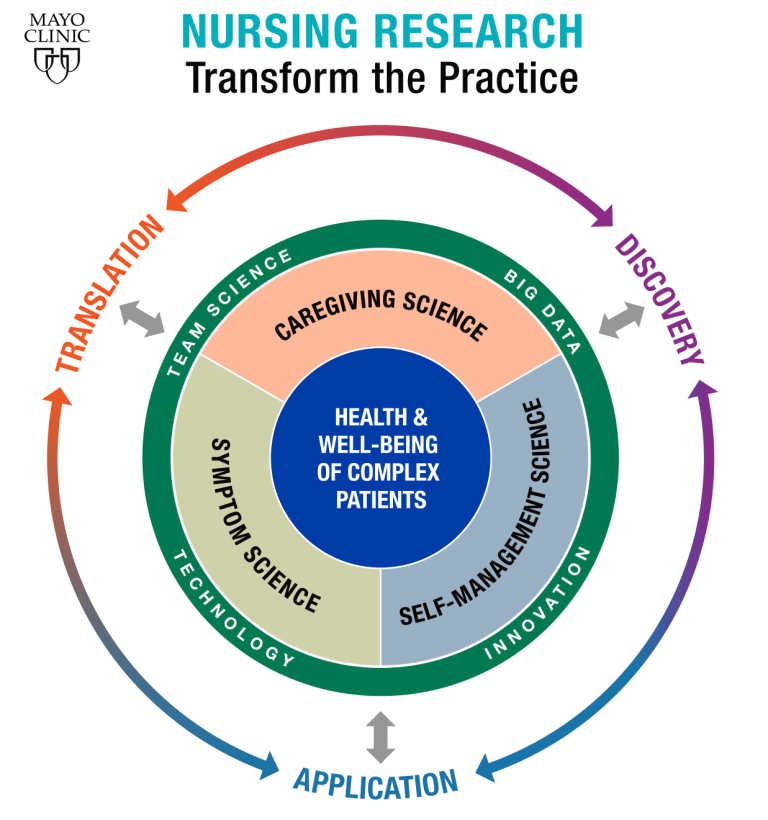-
New COPD guidelines from international panel provide updated recommendations

ROCHESTER, Minn. — For many people, chronic obstructive pulmonary disease (COPD) is a distressing and recurrent illness that affects breathing ability and quality of life. While treatable, COPD remains the third leading cause of death in the U.S. In the latest issue of Mayo Clinic Proceedings, researchers take a closer look at new findings and recommendations from the Global Initiative for Chronic Obstructive Lung Disease (GOLD) to assess updates and address the role of treatment in the disease.
Composed of an international group of respiratory experts, the Global Initiative for Chronic Obstructive Lung Disease periodically issues review of new COPD research and updates treatment recommendations. Due to the persistent nature of symptoms and frequent complex hospital admissions, COPD remains a costly disease worldwide. Among findings from the 2018 report, are the following points:
- Influenza and pneumococcal vaccinations are recommended for patients with COPD.
- Pulmonary function is essential in establishing a diagnosis, but is underutilized.
- Treatment algorithms in the new guidelines have been simplified to rely mainly on symptoms and exacerbation frequency to determine specifics of therapy.
- Other health conditions, particularly lung cancer and heart disease, play an important role in the health of those with COPD. Thus, prevention and vigilance against these conditions is important.
- The panel stresses the need for education, training and assessments at every visit, especially with the often complex medication-delivery devices that are part of treatments.
“The majority of people with COPD have mild disease that requires very little treatment other than smoking cessation and possibly a short-acting bronchodilator,” says Dr. Paul Scanlon, a Mayo Clinic pulmonologist and the article’s senior author. “For the minority of people with more advanced disease, current therapy is very effective, improves symptoms and quality of life, increases exercise tolerance, and reduces frequency of exacerbations.”
For current sufferers of COPD, there are ways to lower your risk and manage symptoms, including smoking cessation, regardless of how bad your lung function is. When you quit smoking, lung function improves slightly and declines at a slower rate thereafter. Even smokers with lung cancer or heart disease live longer and have better quality of life if they quit. If you have frequent exacerbations (chest colds), treatment with inhaled corticosteroids, combination inhalers, or long-acting bronchodilators can reduce their frequency.
As outlined in the Global Initiative for Chronic Obstructive Lung Disease report, COPD is a common and preventable disease with a large majority of patients benefiting greatly from appropriate therapy. “In the past, health care providers were pessimistic about treating COPD,” says Dr. Scanlon. “With appropriate therapy, those attitudes are outdated.”
###
About Mayo Clinic
Mayo Clinic is a nonprofit organization committed to clinical practice, education and research, providing expert, comprehensive care to everyone who needs healing. Learn more about Mayo Clinic. Visit the Mayo Clinic News Network.
Media contact:
- Emily Blahnik, Mayo Clinic Public Affairs, 507-284-5005, newsbureau@mayo.edu







